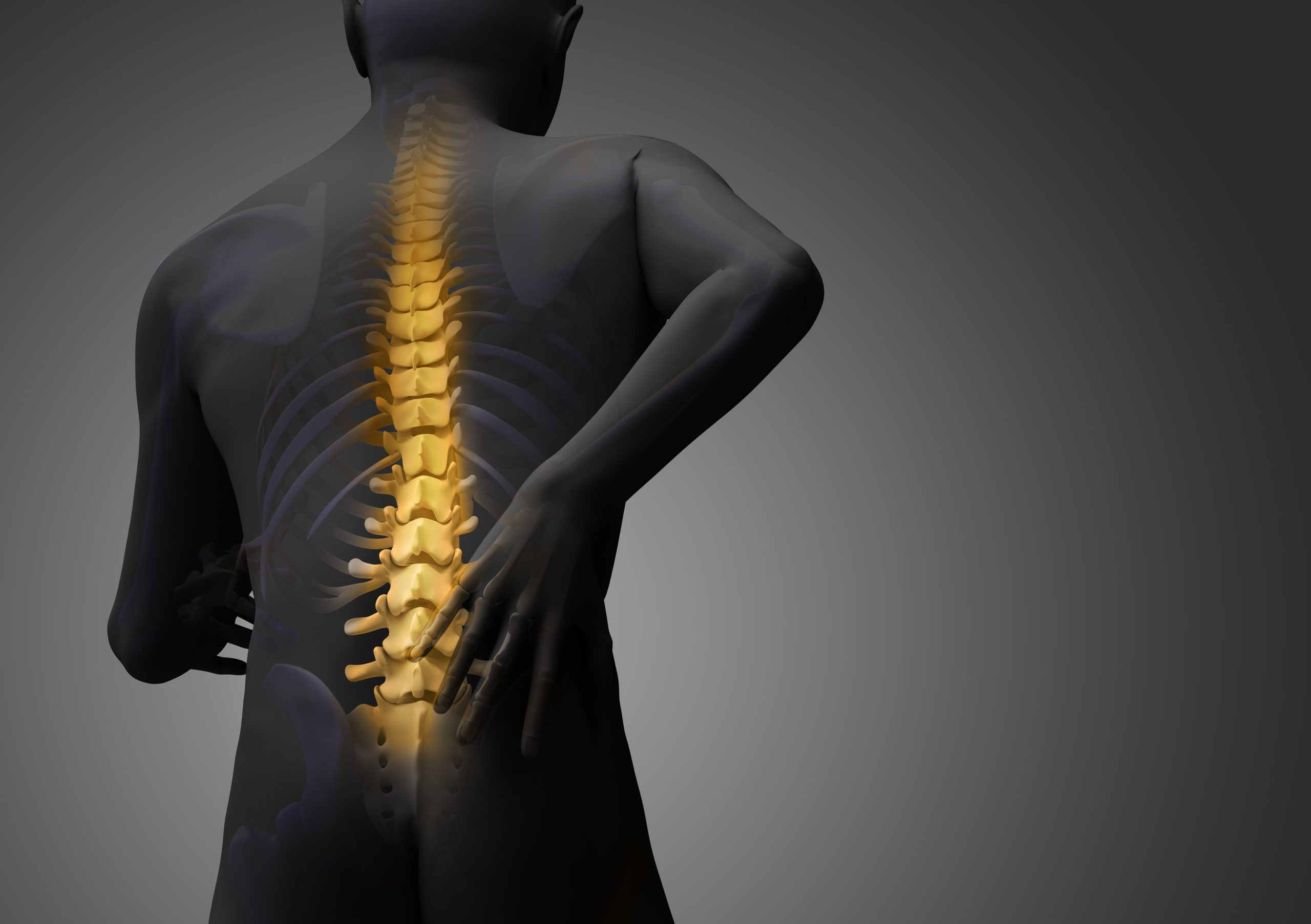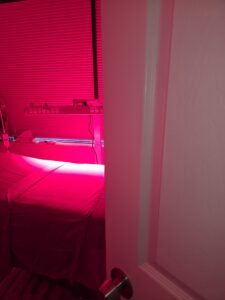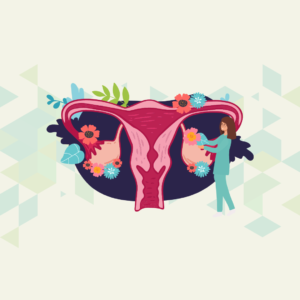Lower back pain is a common ailment that can significantly impact daily life. While there are various approaches to managing this discomfort, massage therapy stands out as a holistic and effective option. In this guide, we explore the best type of massage for lower back pain, offering insights into their techniques and benefits.![]()
The Art and Science of Massage:
Understanding Massage:
Massage is more than a luxurious spa indulgence; it’s a therapeutic art rooted in the manipulation of soft tissues—muscles, tendons, ligaments, and fascia. Through skilled touch, massage therapists address the physical and emotional aspects of pain, promoting overall well-being.
Manipulating Soft Tissues:
The core of massage lies in the intentional manipulation of soft tissues. Various techniques such as kneading, friction, and stretching are employed to release tension and restore balance to the musculoskeletal system.
Enhancing Circulation:
Massage stimulates blood flow to the targeted area, facilitating the delivery of oxygen and nutrients while aiding in the removal of metabolic waste. Improved circulation plays a pivotal role in the body’s natural healing processes.
Reducing Muscle Tension:
Muscle tension is a common culprit behind low back pain. Massage works by easing muscular tightness, knots, and trigger points, promoting flexibility and alleviating discomfort.
Promoting Relaxation:
One of the most profound benefits of massage is its ability to induce a state of deep relaxation. As tension melts away, stress hormones decrease, and the body enters a parasympathetic state conducive to healing.
![]()
The Best Type of Massage for Lower Back Pain:
-
Swedish Massage:
- Technique: Swedish massage involves long, flowing strokes, kneading, and circular movements.
- Benefits: It promotes relaxation, improves circulation, and can help reduce muscle tension in the lower back.
-
Deep Tissue Massage:
- Technique: Deep tissue massage targets deeper layers of muscles and connective tissues using intense pressure.
- Benefits: It can alleviate chronic muscle tension and address deeper issues contributing to lower back pain.
-
Sports Massage:
- Technique: Sports massage focuses on areas of the body affected by specific sports-related activities.
- Benefits: It aids in muscle recovery, improves flexibility, and can address lower back pain related to sports injuries or overuse.
-
Trigger Point Therapy:
- Technique: This type of massage targets trigger points, which are tight knots within muscles.
- Benefits: By releasing these trigger points, it can alleviate referred pain and muscle tightness in the lower back.
-
Myofascial Release:
- Technique: Myofascial release addresses the fascia, the connective tissue surrounding muscles.
- Benefits: It can improve flexibility, reduce pain, and release tension in the fascia that may contribute to lower back discomfort.
-
Thai Massage:
- Technique: Thai massage combines assisted yoga stretches, acupressure, and joint mobilization.
- Benefits: It enhances flexibility, releases tension, and promotes overall relaxation, making it beneficial for lower back pain relief.
-
Prenatal Massage:
- Technique: Prenatal massage is designed for pregnant individuals and focuses on relieving lower back pain associated with pregnancy.
- Benefits: It addresses specific discomforts, improves circulation, and provides relaxation for the lower back and hips.
-
Shiatsu Massage:
- Technique: Shiatsu involves applying pressure to specific points along the body’s meridians.
- Benefits: It can promote energy flow, reduce muscle tension, and offer relief for lower back pain through targeted pressure points.
The Massage Session: Best Type of Massage for Lower Back Pain
Identifying Target Areas:
Experienced massage therapists assess the individual’s condition and identify specific areas contributing to low back pain. This personalized approach ensures targeted and effective treatment.
Techniques Tailored to Need:
Various massage modalities, such as Swedish, deep tissue, and myofascial release, offer diverse approaches to address specific issues. The therapist’s skill lies in selecting and combining techniques for optimal results.
Duration and Frequency of Sessions:
The duration of a massage session can vary, typically ranging from 60 to 90 minutes. The frequency of sessions depends on the severity of the condition and individual response.
Patient Feedback and Communication:
Effective communication between the therapist and the client is essential. Feedback about pressure, comfort, and specific concerns ensures a customized and beneficial experience.
Considerations and Precautions:
Consultation with a Healthcare Professional:
Before undergoing any massage therapy, especially if you have an existing medical condition, it’s advisable to consult with a healthcare professional to ensure that massage is a safe and suitable option for your specific situation.
Communication with the Massage Therapist:
Communicate openly with your massage therapist about your lower back pain, its intensity, and any specific areas of concern. This information helps them tailor the massage to address your unique needs.
Avoiding Excessive Pressure:
While deep tissue massage can be beneficial, it’s crucial to communicate your comfort level to the therapist. Too much pressure may cause discomfort or exacerbate existing issues.
Regular Sessions for Long-Term Relief:
Consistency is key when using massage therapy for lower back pain. Regular sessions, as recommended by your therapist, can contribute to long-term relief and prevent the recurrence of discomfort.
Self-Care Techniques: Empowering Healing Beyond the Massage Table:
Stretching and Mobility Exercises:
Incorporating gentle stretching exercises into a daily routine enhances flexibility and reduces muscle stiffness. Focus on movements that target the lower back and surrounding muscles.
Heat and Cold Therapy:
Alternating between heat and cold applications can provide relief. Warm compresses or heating pads relax muscles, while cold packs help reduce inflammation. Experiment to find what works best for your body.
Ergonomic Awareness:
Maintaining proper posture and ergonomics during daily activities is crucial. Whether sitting at a desk or lifting objects, mindful body mechanics can prevent unnecessary strain on the lower back.
Stress Management Techniques:
Since stress often exacerbates low back pain, incorporating stress management practices like meditation, deep breathing, or yoga can be profoundly beneficial.
Regular Exercise:
Engaging in low-impact exercises, such as walking or swimming, supports overall physical health. Strengthening core muscles provides stability to the spine, reducing the likelihood of recurring pain.
Summarize (Key Takeaways):
- Swedish Massage: Ideal for relaxation and improving circulation.
- Deep Tissue Massage: Targets deeper muscle layers to address chronic tension.
- Sports Massage: Aids in muscle recovery and addresses sports-related lower back pain.
- Trigger Point Therapy: Targets knots in muscles to alleviate referred pain.
- Myofascial Release: Addresses fascial tension and improves flexibility.
- Thai Massage: Combines stretches and acupressure for overall relaxation.
- Prenatal Massage: Tailored for pregnant individuals to relieve lower back pain.
- Shiatsu Massage: Applies pressure to specific points to reduce muscle tension.
Conclusion:
Choosing the best type of massage for lower back pain involves understanding the specific techniques and benefits that each type offers. Whether you opt for the gentle strokes of Swedish massage or the targeted pressure of deep tissue massage, consulting with a skilled therapist and maintaining regular sessions can contribute to soothing relief and improved well-being.
Find comfort in every stroke – this guide unveils the best type of massage for lower back pain, offering a roadmap to soothing relief and improved well-being through the healing touch of diverse massage techniques.




